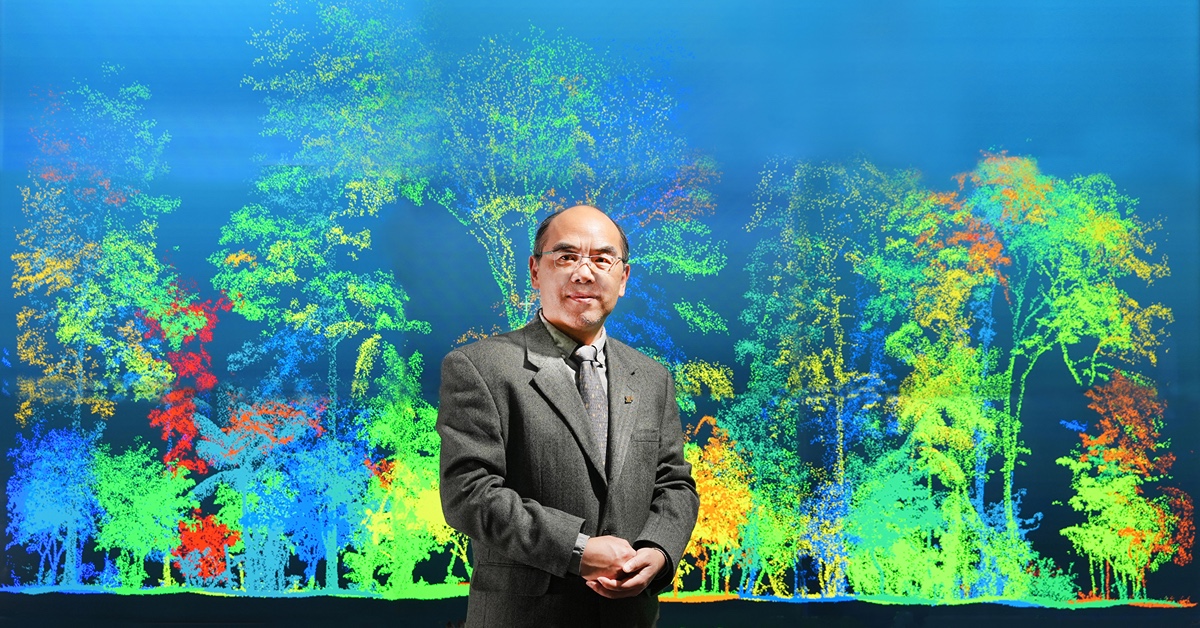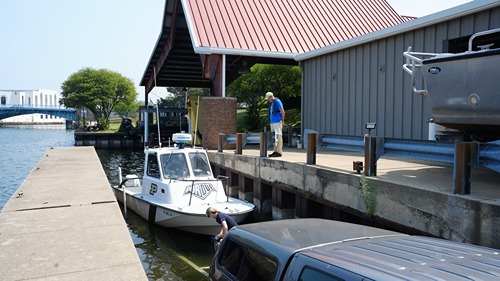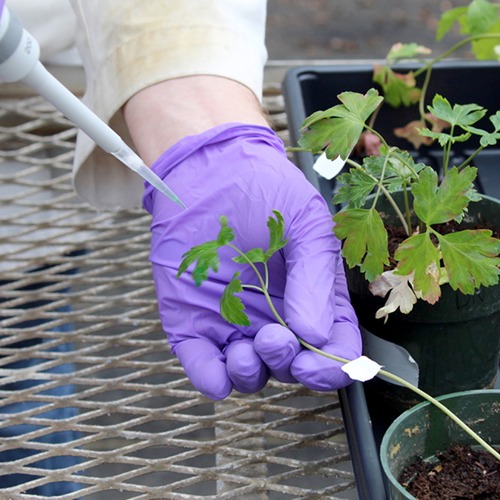“You're facing to the South and see the open ocean, nothing between you and Antarctica, but from behind, you're surrounded by mountains. It’s a beautiful place to live,” Cade Kane, a PhD candidate in Purdue’s Botany & Plant Pathology Department, said, setting the scene of where he stayed in Tasmania during the Fulbright Fellowship he received last year. “There are so many different ecosystems and huge geological changes within an hour’s drive.”
His Principal Investigator at Purdue, Scott McAdam, had received his PhD from the same lab that Kane studied in at the University of Tasmania (UTAS). Kane, although new to the Southern Hemisphere, felt right at home in the new lab, especially after seeing McAdam’s name still left behind on so much work and equipment there. “Tim Brodribb, who was Scott's PhD advisor and who I worked with, ran a very similar lab to Scott. It was great. I walked into the lab the first day and I just knew where all the equipment was. This made collecting the data I needed extremely easy.”
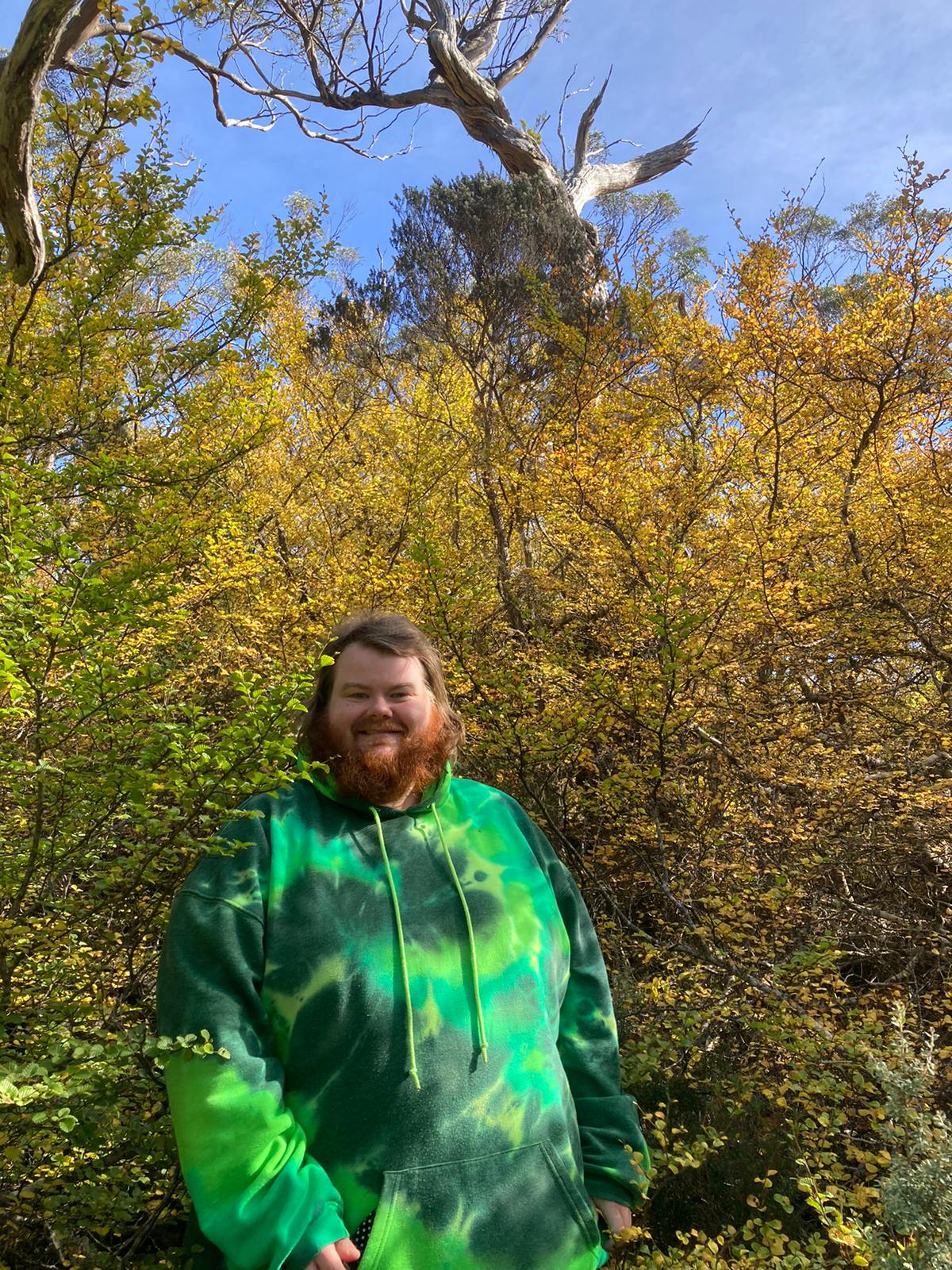 Kane studied urban deciduous trees at UTAS and investigated how leaf senescence, or color change in the fall, might hold answers for how Indiana’s trees will be affected by climate change. Kane expected all the tree species he studied to hold onto their leaves for a longer time in Tasmania than in Indiana to make use of the extended growing season due to the milder climate.
Kane studied urban deciduous trees at UTAS and investigated how leaf senescence, or color change in the fall, might hold answers for how Indiana’s trees will be affected by climate change. Kane expected all the tree species he studied to hold onto their leaves for a longer time in Tasmania than in Indiana to make use of the extended growing season due to the milder climate.
“Half of the species did do that, but the other half seemed as though they could not respond to a different climate. Their leaves came out at almost exactly the same day after the winter solstice in Tasmania and Indiana, and then they lost their leaves at a similar time in the fall.”
This surprising result could be explained by the two factors that control leaf senescence: day length and temperature. Since Indiana and Tasmania are both 40 degrees North and South of the equator, they have the same day length through the seasons. So, half of the species that Kane studied were able to adapt to the warmer temperatures of Tasmania and take advantage of the longer growing season, the other half were primarily controlled by day length, with the trees leafing out and then losing their leaves at the same relative time despite growing in a much warmer climate.
McAdam said that Kane’s results were impressive and insightful. “We expect that plants will change and adapt in response to climate change, but that’s not always the case. Cade’s work is important for predicting how forests and urban trees will respond to rapid climate change, and this is a great calibration for us to have with UTAS.” Kane’s findings will soon be published in a joint paper with the Brodribb lab in Tasmania and the McAdam lab at Purdue.
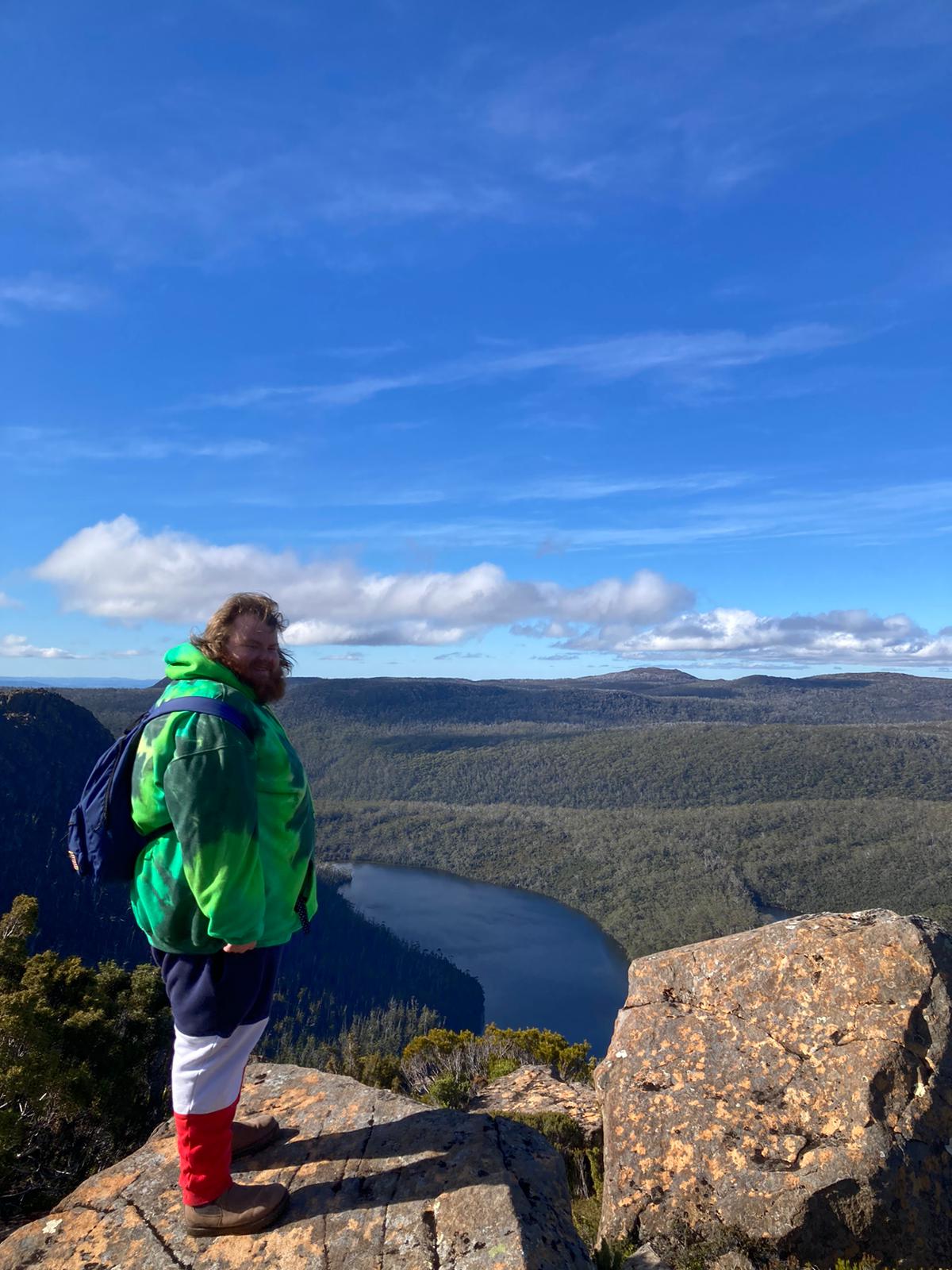 Kane’s time in Tasmania wasn’t just spent on research, however. As part of the Fulbright overseas engagement, the PhD student made a point to visit as many places and discuss his work with as many people as he could. He took trips to the mainland to explore Australia, attended the Dark Mofo Winter Solstice Festival in Hobart, went “leaf peeping” when Tasmania’s only native winter deciduous tree (Nothofagus gunnii) lost its leaves, visited museums and zoos, made friends with his labmates and the family who rented out a “granny flat” to him, and got quizzed regularly on American politics and news as well as his research.
Kane’s time in Tasmania wasn’t just spent on research, however. As part of the Fulbright overseas engagement, the PhD student made a point to visit as many places and discuss his work with as many people as he could. He took trips to the mainland to explore Australia, attended the Dark Mofo Winter Solstice Festival in Hobart, went “leaf peeping” when Tasmania’s only native winter deciduous tree (Nothofagus gunnii) lost its leaves, visited museums and zoos, made friends with his labmates and the family who rented out a “granny flat” to him, and got quizzed regularly on American politics and news as well as his research.
Like a true botanist, Kane said that “The coolest part was being in an exotic natural environment, like the Gondwanan cool temperate rainforest. It's hard to imagine a place like that existing, the flora there is super different from the flora of Indiana.”
Kane plans to graduate in December and then pursue a postdoctoral position. “I’m applying for postdocs and now interviewing. I’ve loved working on deciduous trees, and I hope to continue some of that while also building our understanding of the evolution of plant responses to climate change.”


